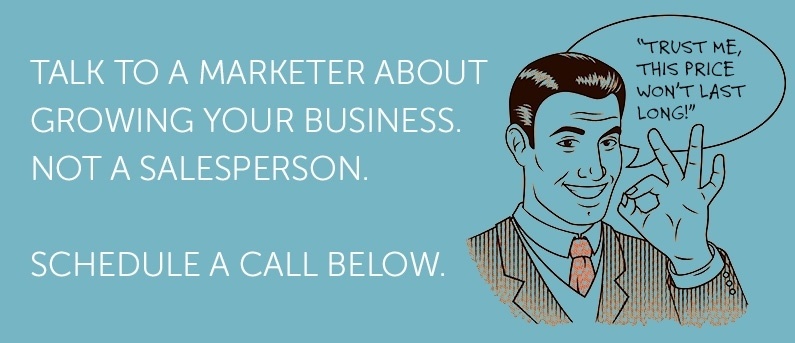The purpose of marketing has always been to generate leads and spark sales. Though the purpose remains the same, the ways of accomplishing that purpose have changed and expanded over time.
Broadly speaking, there are now two ways you can go about marketing your business: inbound marketing and outbound marketing.
Outbound Marketing
The traditional approach of outbound marketing involves pushing your message out in front of the public. Advertising, direct mail and telemarketing are all forms of outbound marketing. It is sometimes described as "interruption marketing," since it gets the consumer's attention by interrupting whatever they were doing at the time.
Inbound Marketing
The other alternative, which has grown massively in recent years, is inbound marketing. Instead of pushing the message out or interrupting what people are doing, inbound marketing is designed to let the consumer come to you. It is a model largely made possible by the Internet, which makes it easy for people to find anything they might be looking for. The inbound model includes content marketing, social media marketing and search engine optimization.
Inbound vs. Outbound
Both types of marketing can be useful, but there are some significant differences to consider when planning your overall strategy.
- Cost. Recent research shows that leads produced by inbound marketing cost 61 percent less than leads produced by outbound marketing.
- Time. Outbound marketing can produce leads more quickly. Inbound marketing programs take time to build up steam, while you can set an ad campaign to run immediately. However, advertising is an expense that you have to keep paying if you want to continue getting results. Inbound programs require an investment on the front end, but they then produce long-term results which can continue to grow over time.
- Growth. The prevalence of inbound marketing has been growing rapidly, while outbound marketing budgets have been on the decline. Many factors contribute to this trend, from the rise of mobile internet devices (which favors inbound strategies) to the use of DVRs to skip television commercials (which limits the effectiveness of outbound advertising).
- Conversion rate. Inbound marketing leads convert to customers at double the rate of outbound marketing leads.
- Perception. Outbound tactics produce interruptions which are usually unwelcome, because most people seeing the ad will not currently be in the market for the product being offered. As an example of just how unpopular outbound marketing can be, consider that 200 million Americans have gone to the trouble of registering their telephone numbers on the national "do not call" list. Inbound marketing, on the other hand, only reaches those people who are actively looking for your product or service, and who therefore welcome information on it.
- Integration. Inbound marketing integrates naturally into the sales cycle, since leads can look up information and find answers to many questions without talking to a salesperson. This saves time for your sales team, and allows your customers to feel less pressured and be more confident in their decision.
As you can see, inbound marketing comes out ahead on many different factors. Outbound marketing does still have its place, especially for companies that are just getting started and are working to build awareness. In the long run, though, inbound marketing needs to be a core part of your business strategy.


